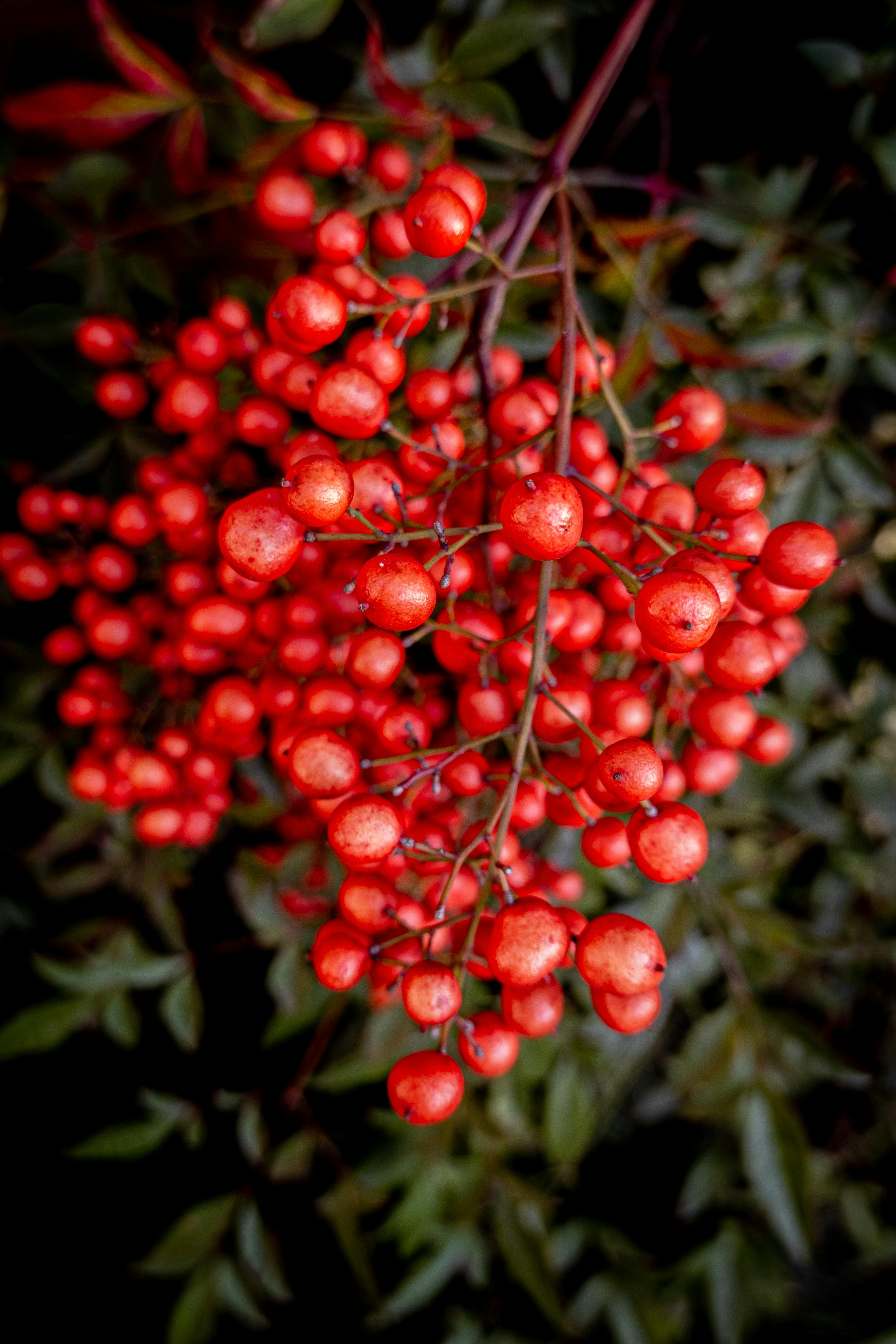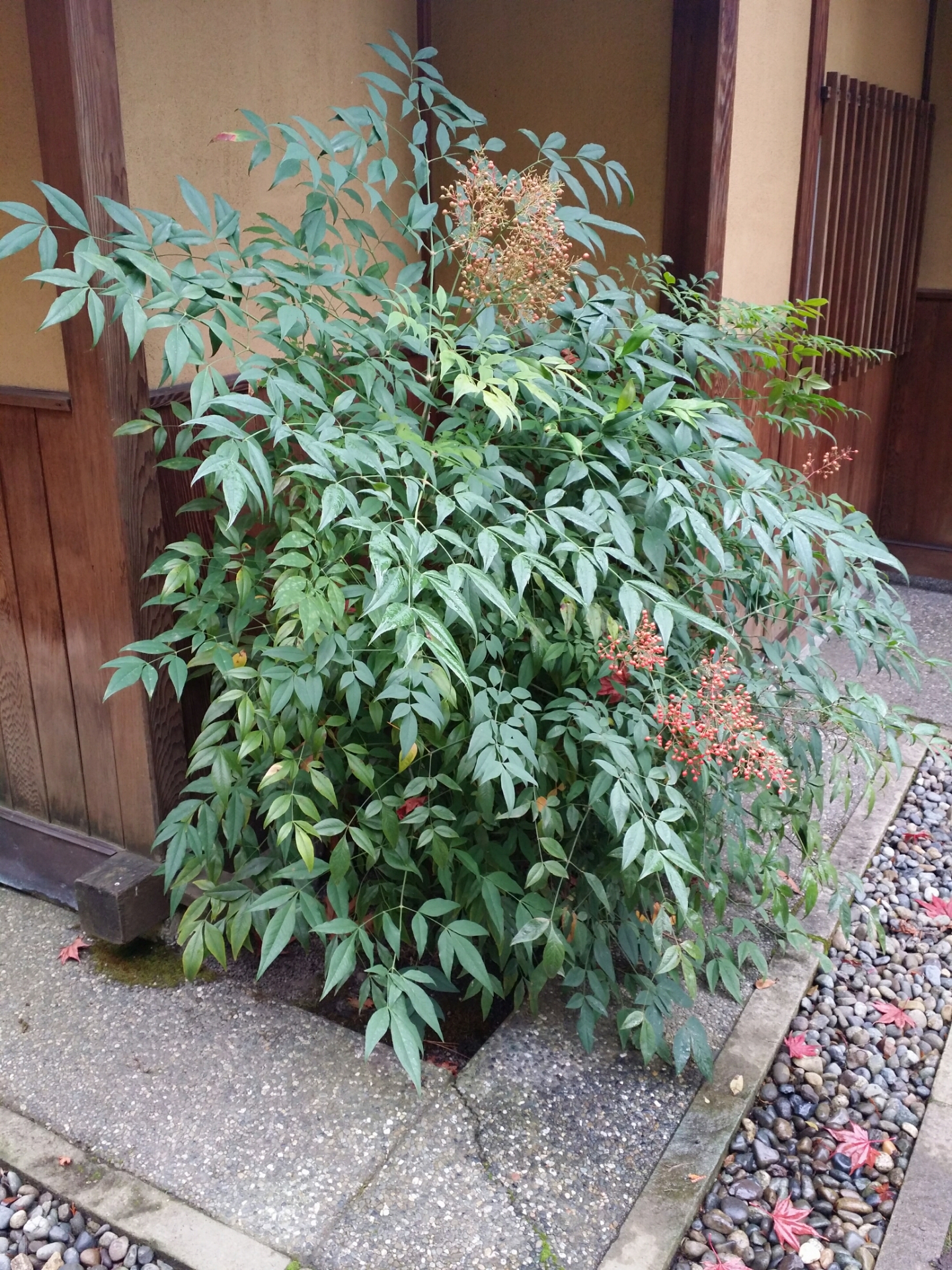The Sacred Bamboo: A Symbol Of Growth Renewal And Spirituality
Bamboo is a versatile and beautiful plant that has been used for centuries for its many practical and spiritual purposes. In many cultures, bamboo is considered to be a sacred plant, symbolizing growth, renewal, and spirituality.
Growth
One of the most important symbolisms of bamboo is its rapid growth. Bamboo can grow up to 3 feet in a single day, making it a symbol of new beginnings and fresh starts. In many cultures, bamboo is planted in gardens and homes to encourage growth and prosperity.
Renewal
Bamboo is also a symbol of renewal. The plant's hollow stems are filled with water, which represents the life force. When bamboo dies, it decomposes quickly and returns its nutrients to the earth, making it a symbol of the cycle of life and death.
Spirituality
In many cultures, bamboo is also considered to be a sacred plant. In Chinese culture, bamboo is associated with the element of wood, which represents growth, flexibility, and resilience. In Japanese culture, bamboo is associated with the Shinto religion and is often used in religious ceremonies.
The Benefits of Bamboo
In addition to its symbolic meanings, bamboo also has many practical benefits. Bamboo is a fast-growing, renewable resource that can be used to make a variety of products, including furniture, flooring, and utensils. Bamboo is also a strong and durable material that can withstand harsh weather conditions.
How to Care for Bamboo
Bamboo is relatively easy to care for. It prefers full sun and well-drained soil. Bamboo can be grown indoors or outdoors, but it is important to provide it with enough space to grow. Bamboo can be propagated from cuttings or seeds.
Conclusion
Bamboo is a versatile and beautiful plant with a rich history and symbolism. It is a symbol of growth, renewal, and spirituality in many cultures. Bamboo is also a practical plant with many uses. If you are looking for a plant that is both beautiful and meaningful, bamboo is a great choice.
Sacred bamboo, also known as nandina, is a beautiful and versatile plant that can be found in gardens all over the world. It is native to eastern Asia, but it is now grown in many different climates. Sacred bamboo is known for its evergreen foliage, which can range in color from green to red to copper. The plant also produces small white flowers in the spring and summer, followed by clusters of red berries in the fall.
In addition to its attractive appearance, sacred bamboo has a number of other benefits. It is a hardy plant that can tolerate a wide range of conditions, including full sun and partial shade. It is also drought-tolerant and relatively pest- and disease-free. Sacred bamboo is a good choice for both landscape and container planting.
If you are interested in learning more about sacred bamboo, I recommend visiting the website Garden Wiki. This website provides a wealth of information about the plant, including its history, cultivation, and medicinal uses. You can also find photos and videos of sacred bamboo plants in different settings.
FAQ of sacred bamboo
5 Most Frequently Asked Questions About Sacred Bamboo
Sacred bamboo (Nandina domestica) is a hardy, evergreen shrub that is native to Asia. It is known for its colorful foliage, which can be red, pink, or green, depending on the variety. Sacred bamboo is also a popular ornamental plant because it is relatively easy to care for and can tolerate a wide range of environmental conditions.
Here are the 5 most frequently asked questions about sacred bamboo:
- What is sacred bamboo?
Sacred bamboo is a type of shrub that is native to Asia. It is known for its colorful foliage, which can be red, pink, or green, depending on the variety. Sacred bamboo is also a popular ornamental plant because it is relatively easy to care for and can tolerate a wide range of environmental conditions.
- Why is it called sacred bamboo?
Sacred bamboo is called sacred because it has been used in religious ceremonies for centuries. In Chinese culture, sacred bamboo is a symbol of longevity and good luck. It is also believed to have medicinal properties.
- What are the different types of sacred bamboo?
There are many different varieties of sacred bamboo. Some of the most popular varieties include:
- Nandina domestica 'Firepower': This variety has bright red foliage.
- Nandina domestica 'Pink Cascade': This variety has pink foliage that cascades over the edges of the pot.
- Nandina domestica 'Sensation': This variety has green foliage with red edges.
- Nandina domestica 'Variegata': This variety has green foliage with white stripes.
- How do I care for sacred bamboo?
Sacred bamboo is relatively easy to care for. It prefers full sun but can tolerate partial shade. It is also drought tolerant once established. Sacred bamboo should be fertilized once a year in the spring with a balanced fertilizer.
- What are the pests and diseases that affect sacred bamboo?
Sacred bamboo is relatively resistant to pests and diseases. However, it can be susceptible to scale insects, mealybugs, and aphids. These pests can be controlled with insecticidal soap or neem oil. Sacred bamboo can also be susceptible to bamboo rust, a fungal disease that can cause yellow or brown spots on the leaves. This disease can be controlled with a fungicide.
Image of sacred bamboo
5 different images of "sacred bamboo" from Pinterest:
- A close-up of the red berries of a sacred bamboo plant.

- A tall, lush stand of sacred bamboo plants in a garden.
- A sacred bamboo plant with its leaves turned a fiery red in the fall.

- A group of sacred bamboo plants in a pot on a patio.

- A sacred bamboo plant with its leaves in a variety of shades of green.


Post a Comment for "The Sacred Bamboo: A Symbol Of Growth Renewal And Spirituality"